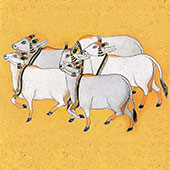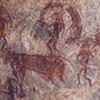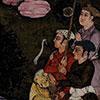Indian art history can be broadly divided into several eras based on the different art periods that emerged during different times. Here are some of the significant art periods and eras in Indian art history:
• Indus Valley Civilization (2500 BCE – 1700 BCE):
This era is known for its exceptional pottery and sculpture artefacts discovered from the Indus Valley sites. The artefacts reflect a sophisticated culture that flourished during this time.
• Maurya Empire (321 BCE – 185 BCE):
During this era, the art style was predominantly focused on Buddhist and Jain art. The Mauryan period is known for the creation of rock-cut architecture, such as the famous Sanchi Stupa.
• Gupta Empire (320 CE – 550 CE):
The Gupta period is considered the “Golden Age” of Indian art, where art and literature flourished. The art of this period is known for its intricate details, graceful curves, and naturalistic forms.
• Mughal Empire (16th century – 18th century):
During this period, India witnessed the emergence of several Islamic dynasties. This era witnessed the creation of Indo-Islamic architecture, such as the Qutub Minar, the Taj Mahal, and the Red Fort.
• Colonial India (1757 – 1947):
This era witnessed the arrival of the British in India. The British influence can be seen in the architecture, painting, and sculpture of the time.








